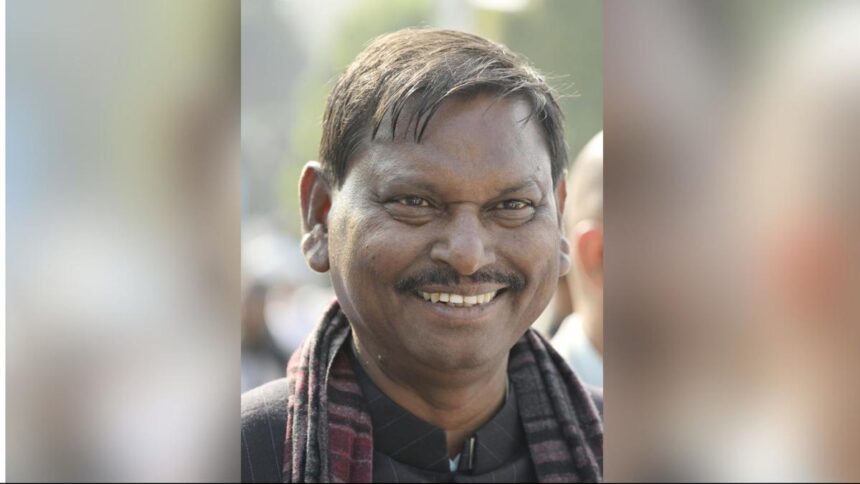Had Cheteshwar Pujara been in the team, it is possible India might have won the recent series in England.
Once skipper Shubman Gill decided he was batting at No. 4, there was need for experience and resilience one slot above. India lacked a No. 3 capable of the long innings, someone who allowed their many stroke players to bat around him displaying neither ego nor envy. It might have been an imaginative selection. Admittedly, Pujara was 37, and his batting had been on the decline, despite two centuries and an average of 62 for Sussex.
At any rate, it is easy to be wise after the event, and Pujara had already taken the well-trodden route from pitch to commentary box. But it is an intriguing might-have-been. Sometimes picking a 16-year-old is seen as an inspired selection; there aren’t too many at the other end of the scale.
The late Bobby Simpson, recalled at 41, led Australia to a series win against India. Cyril Washbrook, then 41 and an England selector, was picked against Australia and scored 98 commenting drily, “another two would have done no harm.” England won.
Traditional role
Pujara and his predecessor Rahul Dravid reinforced the traditional role of the No.3, the one batting slot largely unaffected by the demands of T20 cricket. In the line-up, that position is the one associated with efficiency rather than style, pragmatism rather than romance.
Walter Hammond, he of the silken cover drive, and occasionally the likes of Joe Root and Viv Richards have batted at three but Kumar Sangakkara, tough as nails, made the most runs from that position. He was the ideal modern No. 3 — left-handed, capable of both the long, defensive innings (he had 11 double centuries including a triple) and the short attacking one, and a superb reader of the game situation.
Garry Sobers made the then world record score of 365 at No. 3, as did Brian Lara who broke that record. It was the home of men like Don Bradman (who averaged over 100 there), and Ricky Ponting, whose wickets were most priced by the opposition, and who had the range and skill to knuckle down in defence or build on a good opening stand so those who followed found life easier.
Psychologically crucial
Possibly because the No. 3 tended to be the one controlling the innings, many of them have led their countries. Some have even opened the innings in emergencies — the theory (mistaken) being that if you are good enough to come in at the fall of the first wicket in the first over, then you are good enough to open. This ignores the fact that No. 3 is not merely a physical position, an arithmetical necessity, but a psychologically crucial one calling for a set of unique attributes including the ability to anchor or accelerate as the situation demands.
Both Dravid and Pujara have opened, the former adding 410 with Virender Sehwag against Pakistan, and the latter carrying his bat against Sri Lanka, remaining unbeaten on 145 at the end of the innings.
Perhaps I exaggerated earlier about having Pujara in England. What we needed was someone Pujara-like, willing to take the body blows, frustrate bowlers and viewers alike. That last is merely a public perception, and like many such, is incorrect.
Pujara had a better strike rate than David Boon and Neil Harvey of Australia, England’s Dennis Compton and around the same as Desmond Haynes of the West Indies, and New Zealand’s Martin Crowe, all renowned for their stroke play and quick scoring. Pujara’s first responsibility was to set the house in order before stepping out for fancy furniture and decorative lamps as it were.
Pujara belonged to one of the two strains of Indian batsmanship. There is the wristy magician, exemplified by Gundappa Vishwanath, Mohammed Azharuddin and V.V.S. Laxman, and the stout-hearted defensive rock in the line of Vijay Merchant, Sunil Gavaskar and Rahul Dravid. He lacked the grace of the former and the technical finesse of the latter, but his heart was as big as that of anybody who played for India.
During his 103-Test career, he was the obvious answer to the question often asked: Whom would you like to bat for your life?
Published – August 27, 2025 12:30 am IST






















